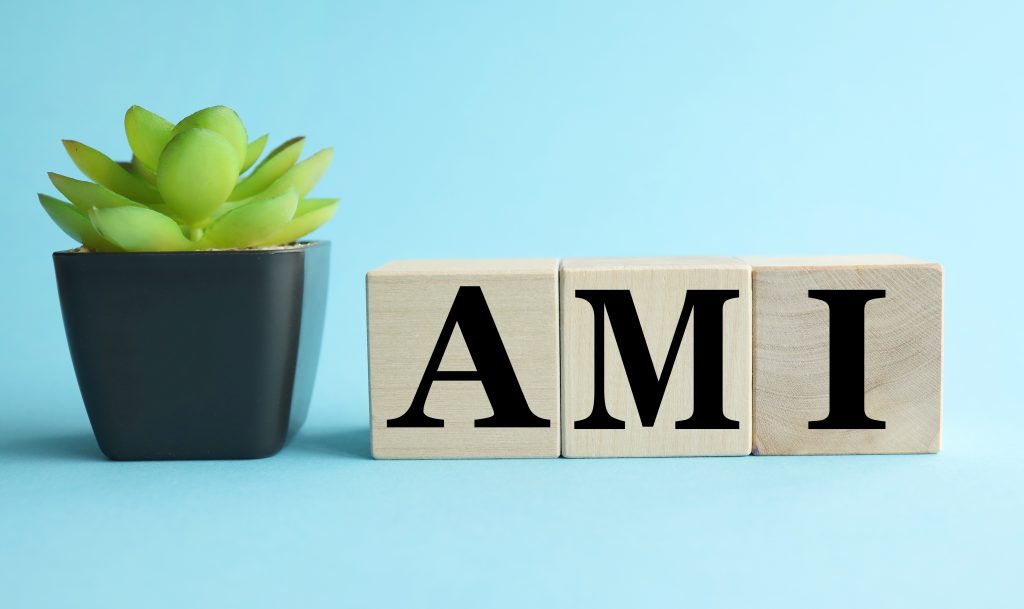Arq. Bras. Cardiol. 2020; 115(6): 1-2
Inflammation Post-Acute Myocardial Infarction: “Doctor or Monster”
This Short Editorial is referred by the Research article "Early Changes in Circulating Interleukins and Residual Inflammatory Risk After Acute Myocardial Infarction".
As in the short story “The Strange Case of Dr. Jekyll and Mr. Hyde ”, inflammation has a good side, which is the protection against pathogens, and helps in the process of cellular and tissue repair after an injury; on the other hand, it may also perpetuate and worsen the injury and, in the case of acute myocardial infarction (AMI), it may be the trigger of coronary occlusion. In the acute phase of AMI, the immune system is activated in the process of myocardial repair, in which the necrotic tissue is replaced by the scar tissue (fibrosis). From anatomopathological studies, we know that in the first hours after coronary occlusion, neutrophils are mainly recruited to the injury site. The local neutrophil population peaks around the third day, then a progressive decline is observed. From the fifth day, they are replaced by macrophages and both are responsible for clearing non-viable myocytes. In addition to this role, together with smooth muscle cells macrophages are responsible for angiogenesis and collagen production. The scarring process begins at the periphery of the infarcted area and extends to the nucleus, and this repair mechanism is completed in about 4–8 weeks, depending on the infarction size. ,
If we know how the inflammatory process occurs at the cellular level post-AMI, why do we continue to study inflammation? And why concentrating efforts on studies on cytokine expression? Whereas, on the one hand, the inflammatory process is necessary for the repair process, in the context of AMI, inflammation also plays an important role in complications. Such effect is observed in cardiogenic shock (causing vasodilation, vasoplegia and worsening shock), mechanical complications (papillary muscle rupture and ventricular free wall, and interventricular communication), in ventricular remodeling (fibrotic expansion and replacement of the affected wall) and, in the long run, it has been related to new cardiovascular events. Cytokines are molecules that mediate immune and inflammatory reactions and are responsible for activating inappropriate pathways or exaggerated responses (hypersensitivity). Therefore, understanding its kinetics can help to clarify the pathways associated with favorable outcomes and the pathways that, when activated, may lead to an increase in unfavorable events and have the potential to be the target of future therapeutic approaches.
[…]
3,588

